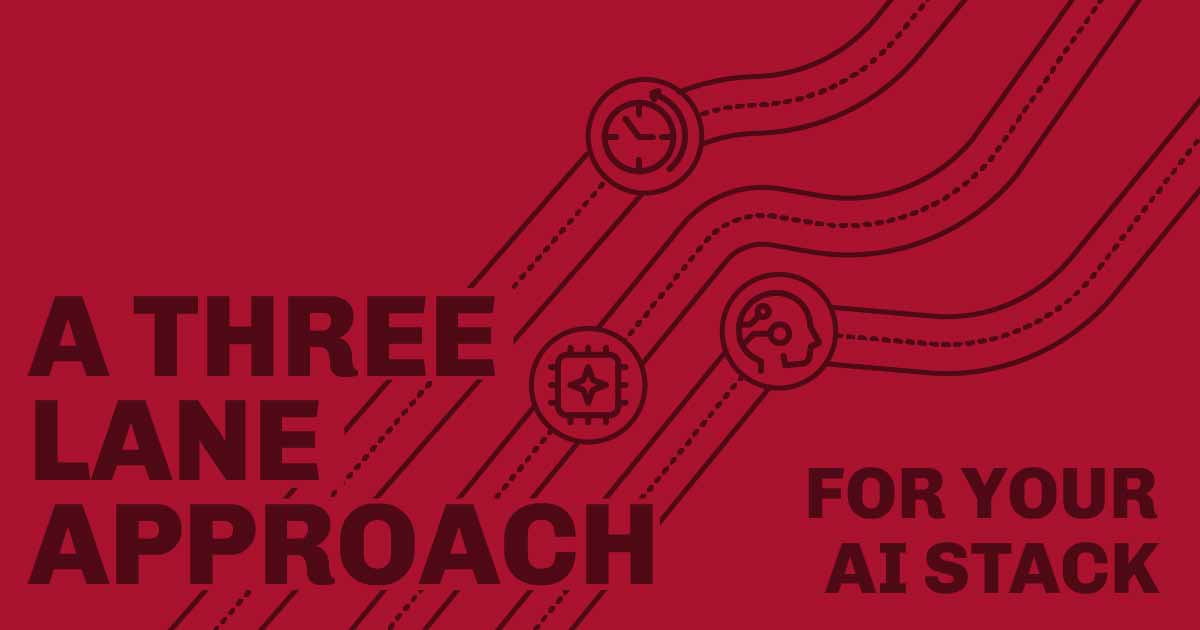
At the Microsoft AI Tour in Chicago, one theme was unmistakable: the enterprise AI stack isn’t theoretical anymore – it’s usable, coherent, and ready to deliver outcomes. Microsoft has matured a three-lane approach that lets leaders dial in the right mix of functionality, security, governance, and cost: Microsoft 365 Copilot for individual productivity, Copilot Studio for low-code agents grounded in your data, and Azure AI Foundry for code-first, enterprise-grade agents.
What impressed me wasn’t just the features – it was the proof. Inside Microsoft’s own operations, Copilot has shortened customer support case handling time by about 12%, and improved resolution rates – at a scale that matters. In the market, brands are moving from basic Q&A bots to domain-specific agents that actually ship value. Ralph Lauren’s new Ask Ralph styling companion is a good example of agentic AI designed for a clear customer journey. And companies like Estée Lauder and PepsiCo are using Microsoft’s stack to accelerate trend analysis and store-level insights – concrete, repeatable wins, not science projects.
Think of this as the always-available intern. You still provide context and steer the work, but it can now draft documents, summarize meetings, and – even more interesting – spin up presentations aligned to your brand, right inside the tools people already use. It’s the fastest way to create momentum and AI habits across the company. (By the way, 15M+ developers are already using GitHub Copilot – adoption at this scale is a signal of where day-to-day work is heading.)
When you want a repeatable workflow that reaches into SharePoint, Teams, or line-of-business systems – and you want to control prompts, grounding, and guardrails – Studio is the sweet spot. It’s a great fit for internal help, policy lookup, triage, and guided processes. Estée Lauder’s ConsumerIQ agent shows how a Studio-based approach can unify knowledge and surface insights fast for marketers and product teams.
If you need deeper integrations (custom apps, third-party platforms), stricter compliance, rich observability, and more control over models and evaluation, Foundry is the right lane. You can fine-tune, evaluate, and monitor agents with enterprise controls – then expose them in familiar channels like Teams or M365 Copilot so the experience stays consistent for users.
The biggest mistake I see is the “AI Big Bang.” Don’t do that. Do this instead:
A quick customer-service story from the Tour captures the why: an AI front line that instantly parses inbound emails, checks the knowledge base, and replies with targeted steps can both delight customers and reduce load on human agents – freeing them to handle the nuanced issues. But because that interaction is externally visible, you validate and monitor carefully before you scale.
Large, do-everything agents look tempting, until they don’t. The better pattern is domain-specific agents (Finance, HR, Support, Sales Ops) with an orchestration layer that routes requests to the right specialist. Each agent gets its own grounding data, tools, and policies; the orchestration keeps the user experience stable as you add capabilities over time. That’s how you go from “help me find a policy” to “reset my password” to “recommend the right hardware refresh,” without retraining users every quarter.
If you’re exploring where to dip your toe, or you’ve started and want help validating and accelerating, we’d love to compare notes. Trility partners with leaders to design pragmatic pilots, establish the right guardrails, and build the agentic foundation for real ROI.
Reach out and let’s map the first use case together.